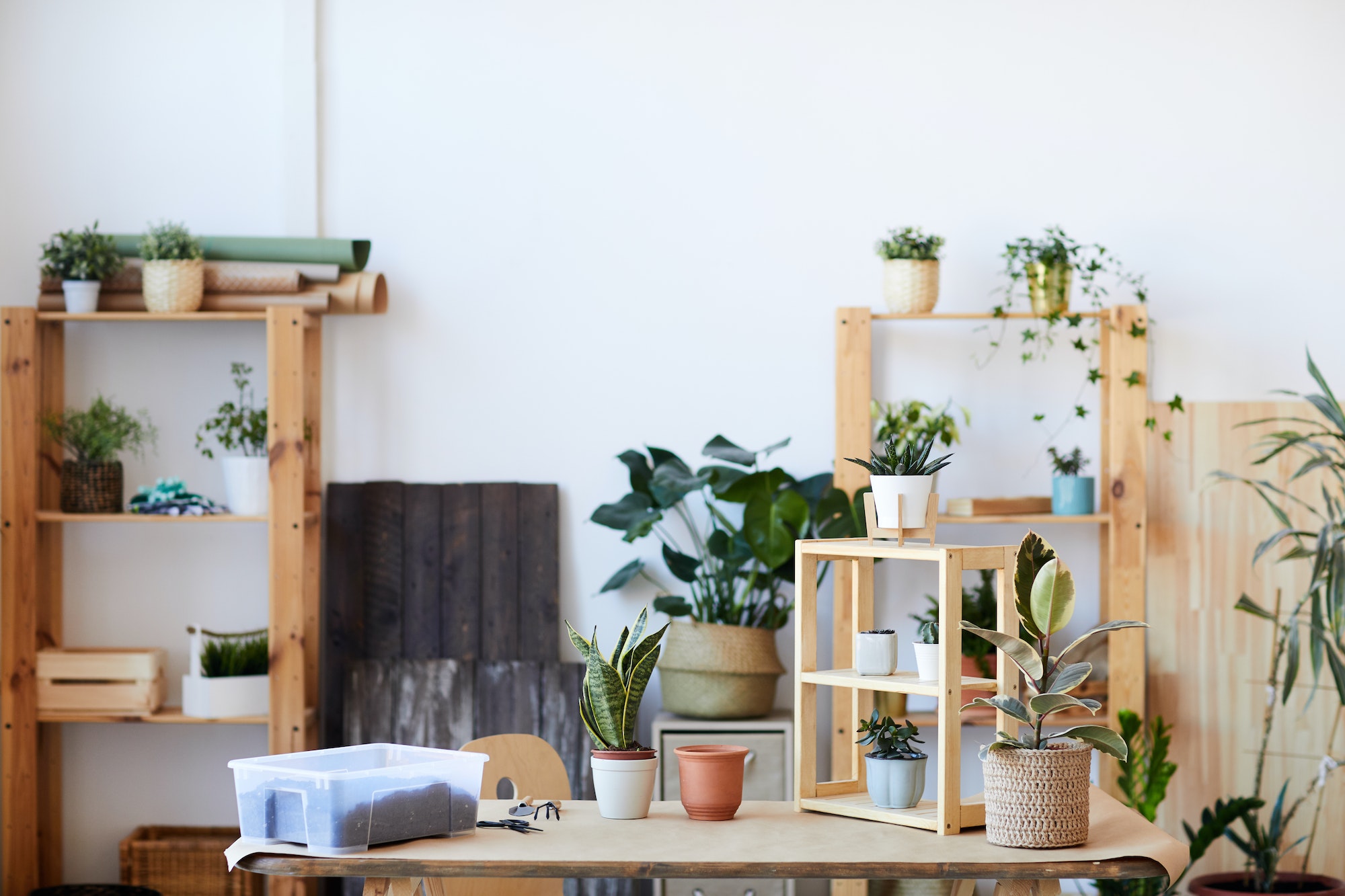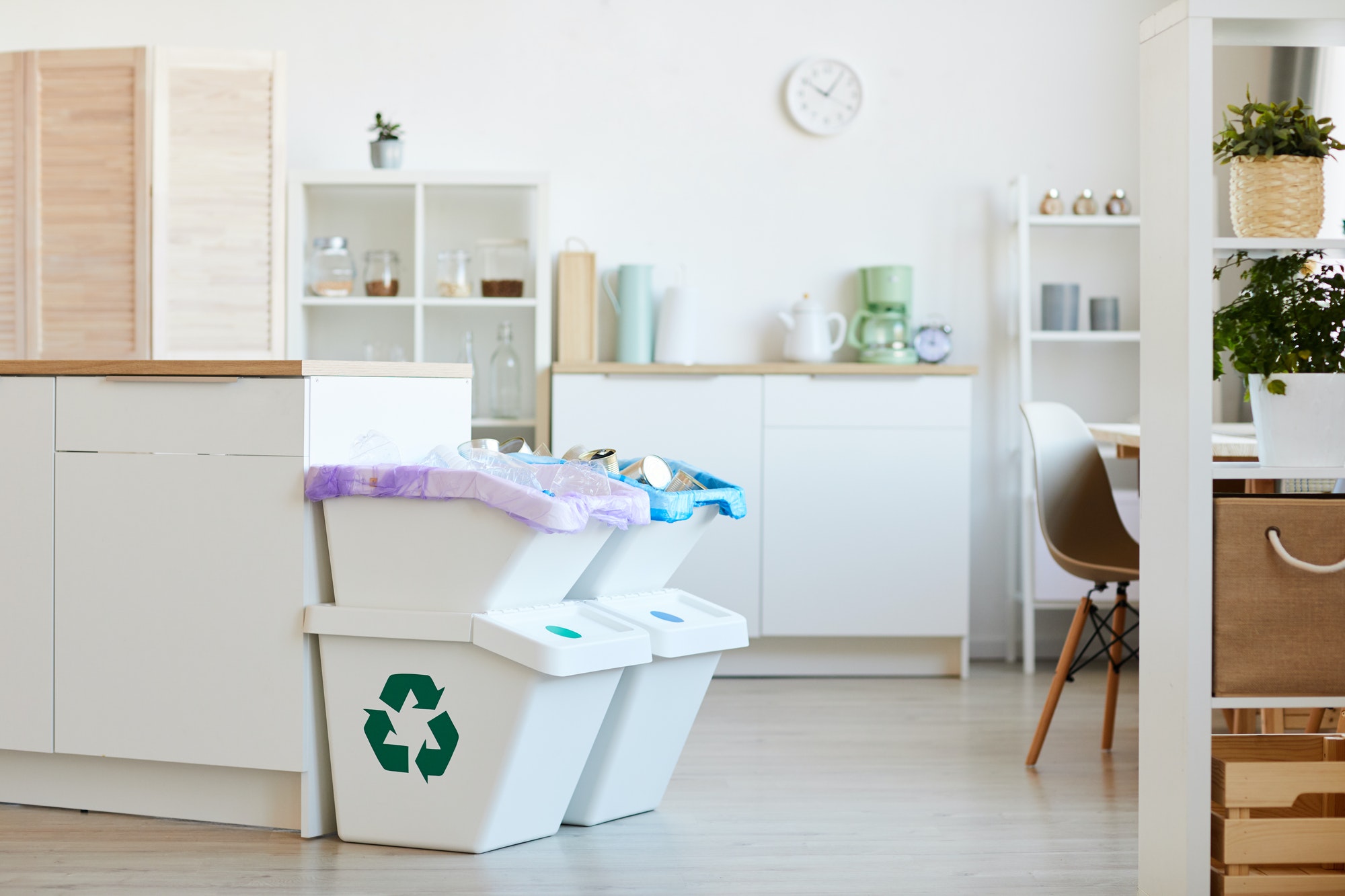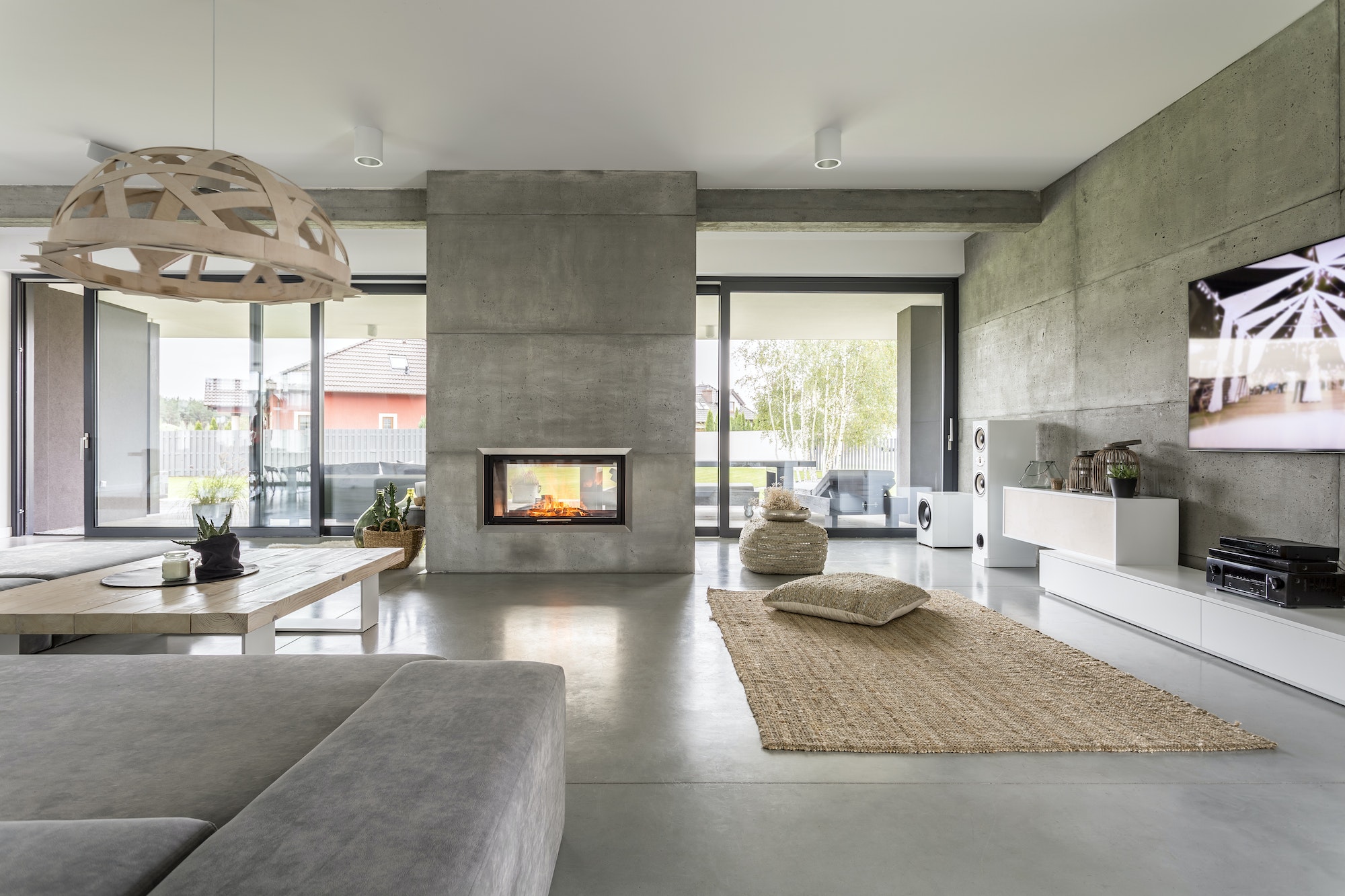Medium-light houseplants refer to a variety of houseplants that need medium levels of sunlight in order to thrive.
These plants typically require four or more hours of direct sun each day, with bright light for the rest of the day. Some examples of medium light house plants include ferns, spider plants, pothos, snake plants, African violets, peace lilies, and more.
These plants can add a decorative touch to your home, while also helping to purify the air. When selecting medium-light houseplants, look for specimens that are appropriate for the conditions in your home.
Consider factors such as room lighting and climate before making a purchase.
Snake Plant
Snake Plant can tolerate low light conditions, but it prefers a bright spot, such as an east-facing window or one with filtered sun. It can also thrive under artificial light and in bathrooms.
When watering your Snake Plant, allow the soil to dry completely between watering. During its active growth season, water when the top inch of soil is dry. In the winter, water less often, only when the soil is completely dry. Over-watering may cause root rot and other problems for your Snake Plant.
Snake Plants are air-purifying plants that produce oxygen during the day and filter out toxins like formaldehyde, benzene, trichloroethylene, xylene and toluene during the night. It is often used as a natural air filter in homes and offices.
Snake Plants are also very low maintenance, making them ideal for busy lifestyles or people just discovering their green thumb. Additionally, they’re quite hardy and can tolerate a bit of neglect.
Taking care of your Snake Plant is easy and requires minimal effort. Simply make sure to water it when the soil is dry, give it plenty of bright light, and provide occasional fertilizer during its active growth season.
Chinese Evergreen
It means that it needs bright but indirect light, such as near a window without direct sunlight. If you place your Chinese Evergreen in an area with too much direct sunlight, its leaves can become yellow or scorched.
It likes the temperature to be between 65-75 degrees Fahrenheit and doesn’t stand being in temperatures below 55 degrees. Chinese Evergreen is relatively drought resistant but should be watered every 1-2 weeks and allowed to almost dry out in between waterings. The soil should be kept moist, but never soggy.
Chinese Evergreen needs a potting mix that drains well, such as peat moss or coco coir-based mix with perlite or vermiculite. Fertilize twice a year in the spring and summer with a balanced liquid fertilizer diluted to half strength.
This plant will need occasional pruning to keep it looking healthy and vibrant! Be sure to use clean, sharp scissors when trimming away any dead or yellowing leaves.
Overall, the Chinese Evergreen is a very easy-care plant that can help bring some greenery and life into your home. With the right care and attention, it will stay healthy and beautiful for many years.
Dracaena
Your Dracaena will do well in medium light, like a north or east-facing window. Direct bright sunlight can burn the leaves of a Dracaena so it’s best to keep them away from any direct sun during peak hours and move them back closer to the window in the evening when the light is softer.
You can also supplement the natural light with a grow lamp for additional brightness. Dracaena plants are quite forgiving when it comes to lighting, so you don’t need to worry too much! Just make sure your plant is getting at least several hours of medium indirect light per day and it will do well.
Dracaenas also enjoy regular watering but don’t like to be overwatered. Make sure the soil is dry before watering and water thoroughly until some of the excess drains out of the drainage holes in your pot into a tray or saucer beneath.
Never leave your Dracaena sitting in water as this can lead to root rot and other harmful diseases. Let your plant dry out between waterings and watch for signs of wilting or yellowing if you think you’re over-watering.
Finally, Dracaenas will also benefit from regular fertilization throughout the growing season to ensure it has all of the nutrients it needs to stay healthy and thrive. Fertilize your Dracaena every two to four weeks from spring through fall with an all-purpose liquid fertilizer diluted to half strength.
During the winter months, you can reduce fertilizing to once a month or even less if needed.
Pothos Vine
It means that it does best in medium-light conditions. It should not be placed directly in direct sunlight for long periods of time as this may cause damage to the leaves and stems.
Pothos Vine will benefit from being placed near an east or west-facing window, or even a north-facing one with sheer curtains to shield out some of the harsher rays from the sun. Be sure to keep an eye on your Pothos Vine as it may need more or less light depending on its environment and growth rate.
Also, be sure to keep the soil evenly moist and mist occasionally for best results. With some patience, proper care, and a bit of luck you will have a thriving, beautiful Pothos Vine for years to come.
Peace Lily
When it comes to light, this plant likes medium levels of indirect sunlight. It should be placed in an area with bright but indirect light, like a spot that is within 3-6 feet of a window or skylight.
If your Peace Lily starts to produce fewer flowers and its leaves start to turn yellow or brown, it may have too much light and should be moved to a shadier spot.
Temperature-wise, the Peace Lily prefers temperatures between 65-80°F (18-26°C). If the temperature dips below 60°F (15°C) for an extended period of time, its leaves will start to turn yellow or brown. It is best to keep it away from air conditioners, heaters, and cold drafts.
When it comes to watering your Peace Lily, less is more. Overwatering can cause root rot and dramatically reduce the plant’s lifespan. Make sure that you only water when the top 1-2 inches of soil feels dry to the touch. If there’s excess water in the pot, then drain it to make sure that your plant’s environment is not too damp.
Peace Lilies also need humidity for optimal growth and should be misted with warm water once a week. You can also place it near other plants or use a humidifier to replicate its natural tropical environment.
Fertilize your Peace Lily every two weeks with a balanced liquid fertilizer.
Why Some Plants Like More Light Than Others?
It all depends on the type of plant. Some plants, such as succulents and cacti, require more intense light in order to survive and thrive, while others are adapted to less intense light or even low-light conditions.
- High-light plants need direct sunlight for most of the day to get enough energy for photosynthesis.
- Low-light plants often grow best in a shady environment and can handle indirect light.
- Medium-light plants are somewhere in between, needing several hours of direct sunlight, but also able to tolerate some shade.
The amount of light your plant needs will depend on the type of plant you have, so it is important to research which levels are best for each species.
Plants respond to light by detecting certain proteins called photoreceptors. These receptors are made up of proteins linked to a chromophore, an organic molecule that absorbs light. During the process of absorption, the photoreceptor changes shape, which triggers a signaling pathway.
When a plant has enough light, it grows faster. Some plants require a few hours of direct sunlight daily, while others need less.
Many plants also require periods of darkness to allow the metabolism to balance. During these times, the plant uses available water to cool itself. This conserves energy when the colder months of the year approach.
If a plant has too much light, it won’t grow as well. It may not produce chlorophyll, and its leaves may turn yellow or white. The tips of the leaves may brown, and the plant may not flower.
If a plant has too much blue light, it may not produce chlorophyll. This is because blue light has the ability to slow down the effects of the Auxin hormone.
Auxin is a plant hormone that stimulates elongation. The more auxin a plant has, the more elongated the cells become. As the stem cells elongate, the plant becomes more sensitive to light.
Plants can react to blue light in a similar way as they react to red and orange. Specifically, they absorb the blue spectrum, which slows down the effects of the Auxin hormone.
When a plant is exposed to too much light, it will curl downward, and the leaves will droop. In some cases, the plant will become scorched and bleached.
Takeaway
By providing the right amount of light for your plant, you can ensure that it grows strong and healthy. To determine how much light is needed, observe the environment in that your plant would naturally grow in its native habitat and try to create a similar environment indoors.
Also, consider using supplemental lighting such as artificial or LED lights if necessary to provide the right amount of light for your plant. With the proper care and attention, you can keep your plants thriving in any kind of light.
Discover more from Futurist Architecture
Subscribe to get the latest posts sent to your email.



